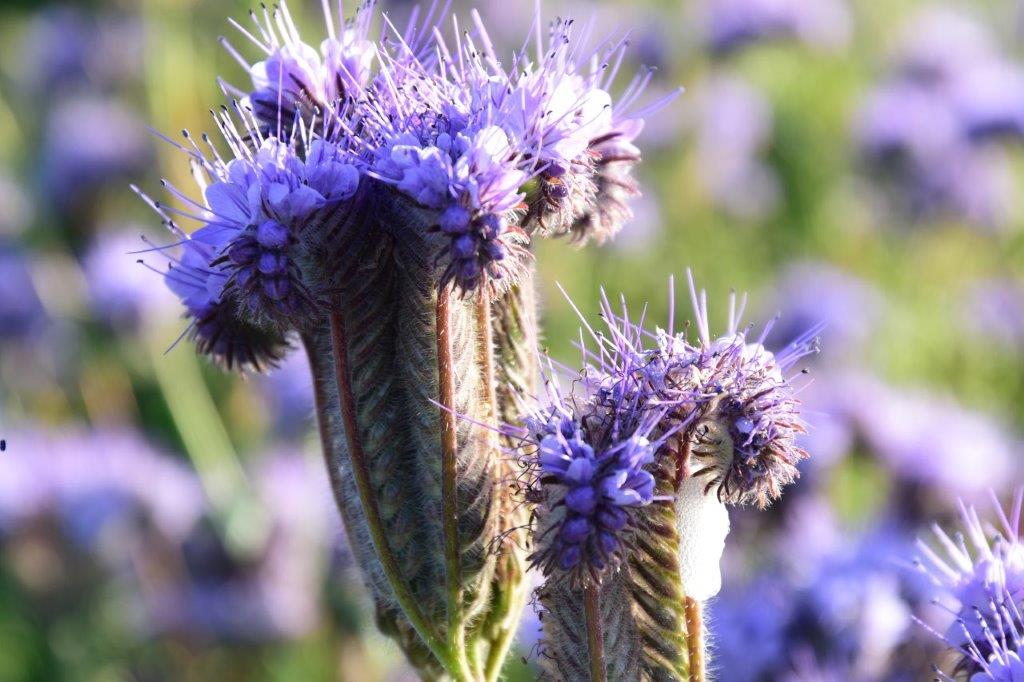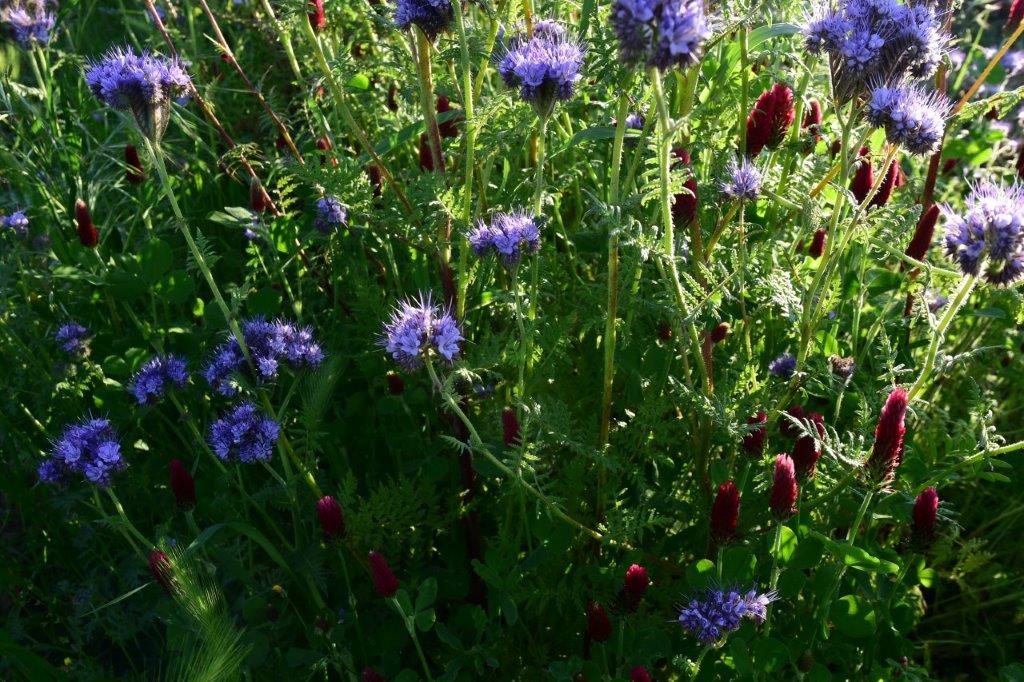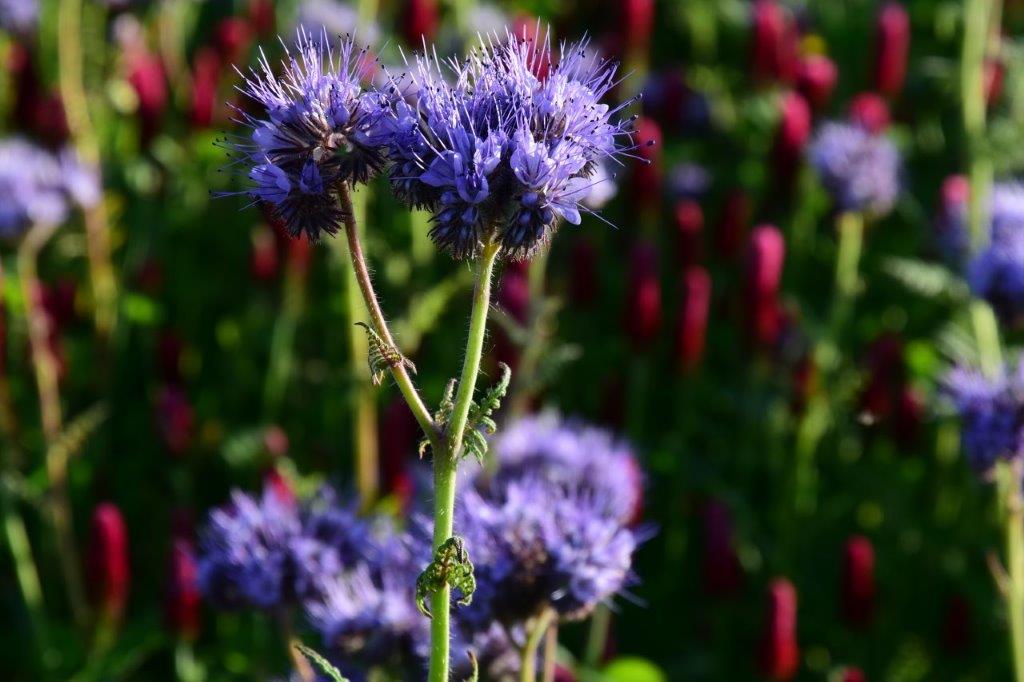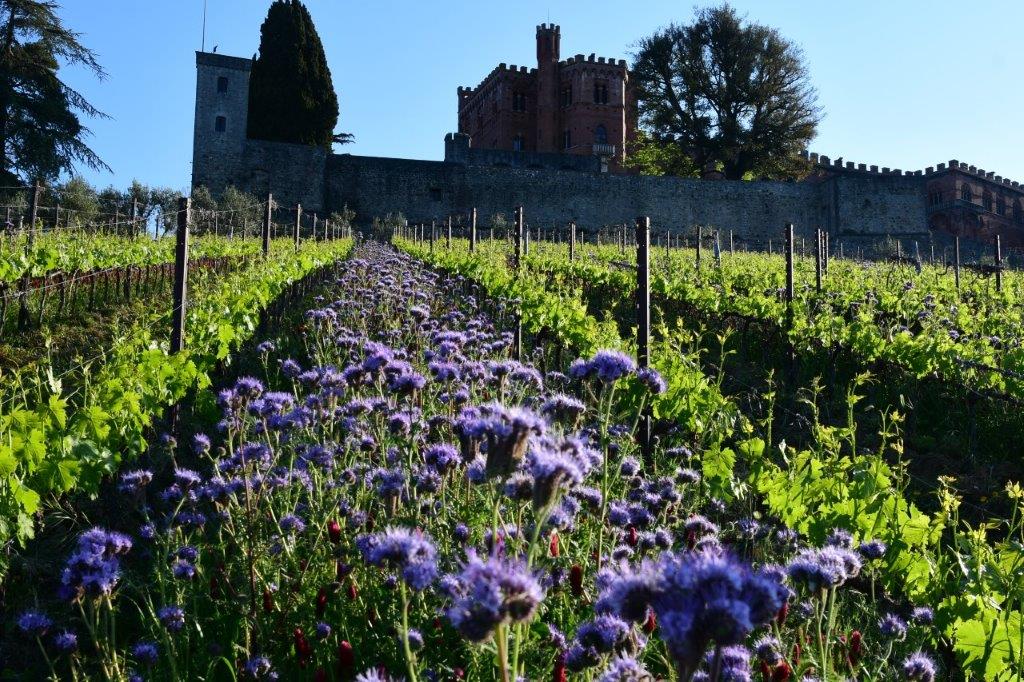
The colors of the vines
26 May, 2023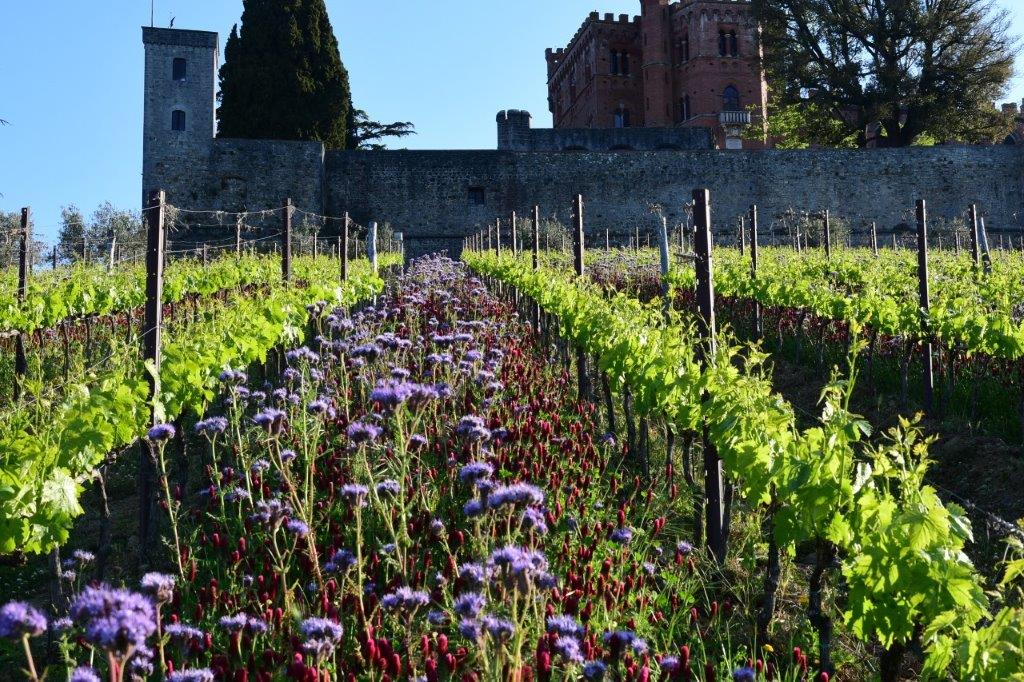

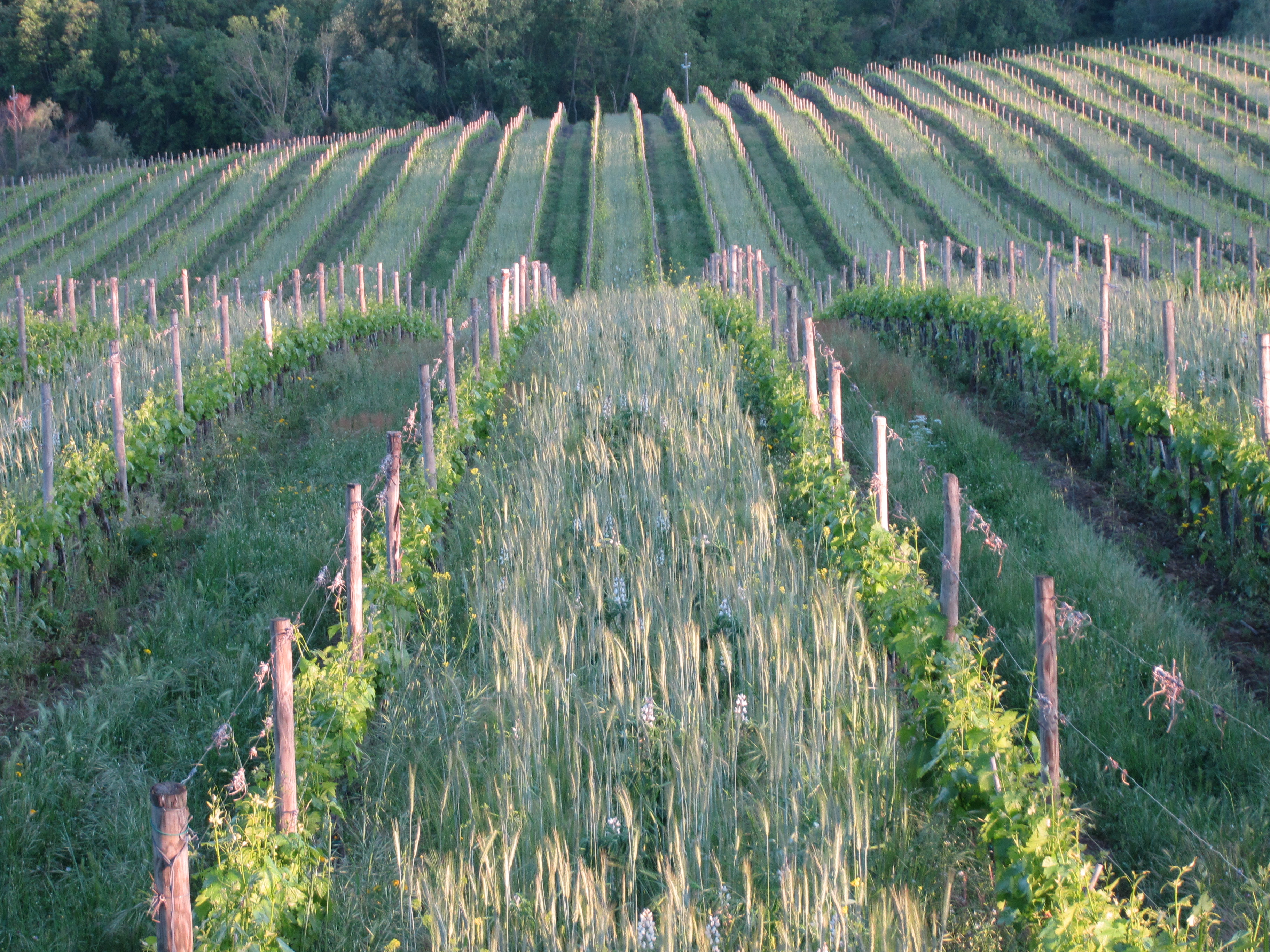
This season’s vineyards are already displaying their full beauty, with sprouts of that delicate green so typical of youth, and the miniature grape clusters that have already begun to make their appearance. But in Brolio not everything you see between the rows is green: there is the red of the crimson clover, the white of the horseradish, the intense pink of the sainfoin, the violet of the phacelia. These are just some of the blooms that are giving color to our vineyards these days, a new expression of the green cover crops that kept us busy in the winter months. We have already written about this agronomic practice, but we find ourselves drawn to revisit it once more, to unveil what happens “behind the curtain”. This unseen work, rarely considered when savoring a glass of wine, is the heart and soul of our vineyards’ conscientious and sustainable stewardship. It is this quiet diligence that paves the way for the superior quality of our final product.
At Brolio, we have invented nothing new when it comes to the green cover crops: it is a practice as old as humanity itself, often abandoned in past decades in favor of chemical fertilizers. For many years now, we have embraced this method as an organic way to enrich our soil. This is vital for the nourishment of our vineyards and plays a pivotal role in shaping the distinct taste and aroma profiles of our wines.
Research and soil mapping have played a pivotal role in our decision-making process, providing valuable insights into the selection of plant species to incorporate. Where alberese is present, we have chosen to sow a mix of legumes (pea, crimson clover, and lupin) and brassicas (radish); in sandy soils, we use legumes such as lupin and pea, but also grasses (triticale and barley); finally, in alluvial soils, we prefer to use primarily grasses, followed by legumes. However, what they all have in common is the presence of phacelia. Part of the borage family, the flower has a bright purple color, and it is considered a great friend of bees and all pollinating insects due to the abundance of nectar and pollen it produces. At the same time, it also enriches the soil with nitrogen. This is one of the many fundamental pieces that contribute to the biodiversity of our land and to the health and quality of the grapes.
